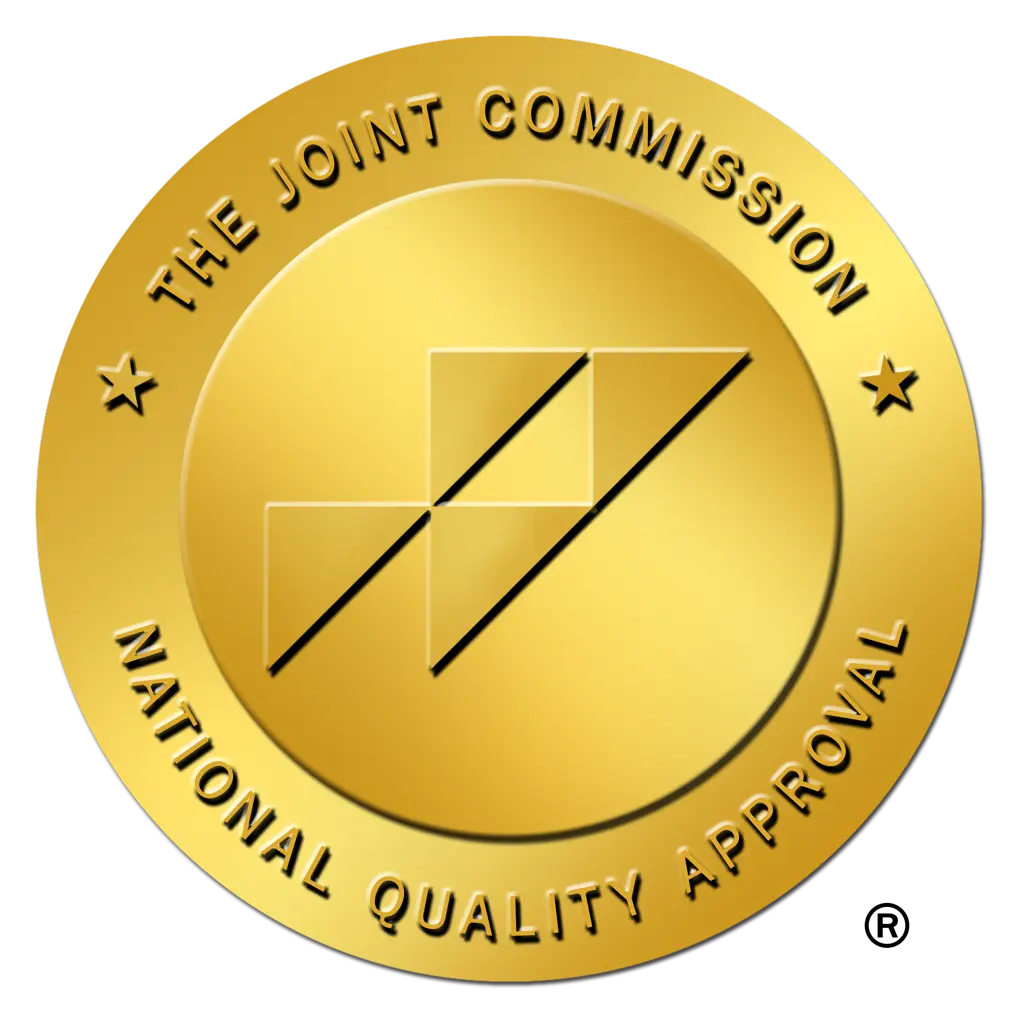Are you struggling to cope with a mental health condition or substance use disorder (SUD)? If so, have you considered safety planning to aid in your recovery journey? Safety planning is essential to maintaining your mental health long-term, but many have trouble creating and implementing these plans effectively. Ideally, individuals should learn how to plan during treatment, but it can also be done during recovery.
Safety planning may resemble creating a relapse prevention plan for individuals in recovery from SUD. Relapse prevention plans are designed to help people in recovery avoid relapse by managing cravings and triggers and recognizing the warning signs of a potential relapse. A plan for your mental health recovery will work similarly, helping you manage your symptoms and prevent a mental health crisis as much as possible.
What Is a Mental Health Crisis?
A mental health crisis will cause you to experience intense emotions, risks, and concerns. Mental health crises can be severe, leading to the inability to function in your day-to-day life. Furthermore, mental health crises differ depending on your triggers, situations, and mental health conditions. Some of the mental health conditions we treat and stabilize include:
- Major depression
- Panic disorder
- Schizophrenia
- Personality disorders
- Anxiety
- Bipolar disorder
- Schizoaffective disorder
- Trauma and post-traumatic stress disorder
Of course, there are many other conditions you may be experiencing. Generally speaking, symptoms of a mental health crisis may be similar regardless of the disorder. It is, nevertheless, crucial to realize the symptoms can vary depending on the factors listed above.
Aside from the specifics of your mental health condition, some signs of a mental health crisis include:
- Withdrawal and isolation
- Lack of appetite
- Sleepiness and fatigue
- Poor work performances
- Intense mood swings
- The inability to take care of yourself
- Loss of interest in hobbies and other enjoyable activities
Recognizing and identifying a mental health crisis is only the first step. The stabilization process must occur upon identification, and professional stabilization services can benefit any individual struggling to stabilize their mental health.
Stabilizing a Mental Health Crisis
Stabilization is vital primarily because of how common crises have become. The National Institute of Mental Health (NIMH) indicates that 21% of adults in the United States experience a psychiatric disorder, with 5.6% experiencing severe symptoms. Mental health professionals and treatment facilities must be capable of stabilizing crises surrounding these mental health conditions. At Alter San Diego Crisis Intervention, we follow a six-step plan to stabilize crises with our clients. We:
- Define the problem and identify the root cause of a crisis.
- Create a safety net – or plan – to ensure safety as much as possible.
- Provide support throughout the treatment process.
- Consider alternative care plans that may be effective and ensure access to them for our clients.
- Work with clients to create a customized plan for recovery post-treatment. That includes illustrating how techniques learned in treatment can effectively lend to your home life.
- Obtain commitment from clients as an indication of full preparedness to reenter their lives.
Notice that step five of our crisis stabilization plan is to help clients create a customized plan for recovery post-treatment. This can be an opportunity to work together in creating a safety plan.
What Is Safety Planning?
Safety planning is exactly as it sounds – creating a plan to ensure safety regarding mental health. It is an intervention tool that primarily focuses on reducing the risk of suicide. Individuals are at an increased risk of dying by suicide when they struggle with a mental health condition. Research also indicates the risk of suicide is “substantially higher in the post-discharge period from psychiatric hospitalization.” Safety planning can guide someone when they experience suicidal thoughts and helps them avoid potentially harmful situations.
According to the Candian Mental Health Association (CMHA), a safety plan is “an approach designed to focus on a person’s strengths.” Identifying and emphasizing these strengths and “unique abilities” helps people draw on them when suicidal thoughts intensify. Drawing on these is vital during the recovery and healing process. It can also help when you experience urges to harm yourself or others.
In general, a safety plan will consist of:
- A list of potential triggers
- Effective coping skills
- A support system of peers, loved ones, and professionals
When coping with a mental health condition, losing ourselves in our doubts and worries happens frequently. Knowing your strengths reminds you that you can maintain your mental health. However, understanding safety planning is only the first step. The next question you may have is when you start safety planning.
When to Start Safety Planning
It is most effective to create a safety plan before leaving treatment. This will be the best way to prepare yourself for life outside treatment. That also means you will have access to clinical and medical support from mental health professionals.
Additionally, you can utilize your newfound knowledge and education from treatment to create a more formidable safety plan. It is also necessary that the plan is not made when someone is experiencing intense harmful thoughts. Instead, create a plan with a clear mind so you can focus on positive reasons for living and maintaining mental health.
You may struggle with mental health, but that does not mean it has to harm the rest of your life. Consider treatment with us today.
Like a relapse prevention plan, safety planning helps an individual struggling with a mental health condition avoid harmful thoughts and behaviors associated with their mental illness. They are typically used in reducing the risk of suicide among psychiatric patients. Mental health crises can quickly become severe. They prevent us from functioning day-to-day and can cause us to experience harmful urges. Safety planning reduces these urges and helps us focus on our strengths to fight through dangerous thoughts. Mental illness can be destructive, but it does not have to be. Call Alter San Diego Crisis Intervention at (866) 986-1481 to learn more about our programs and seek treatment. We can help you heal today.

